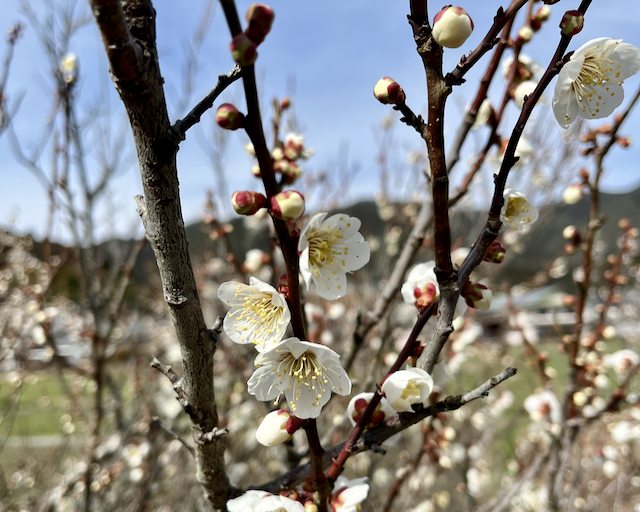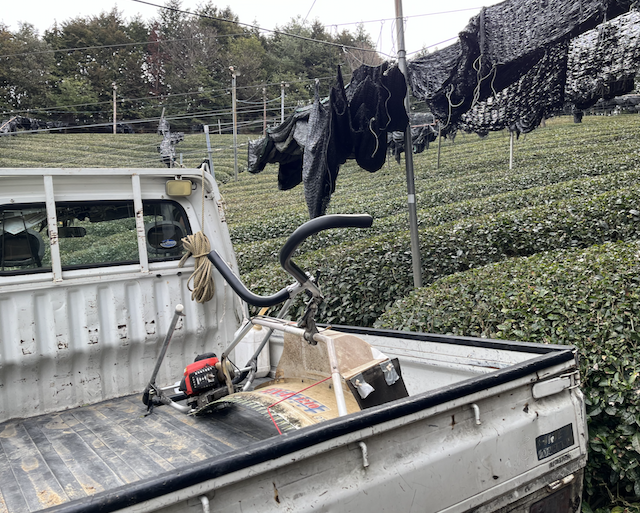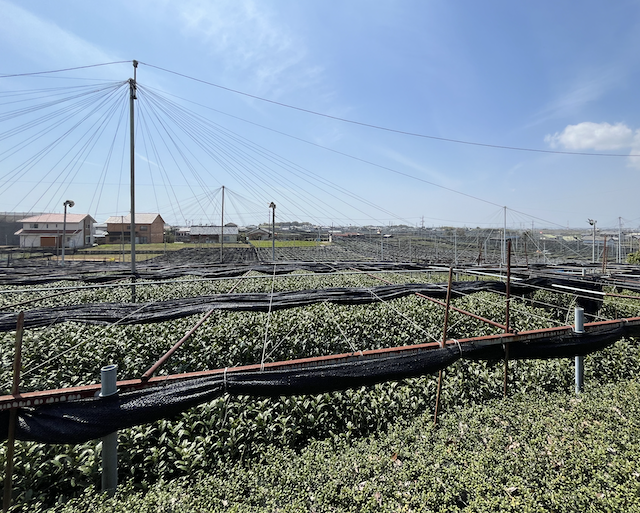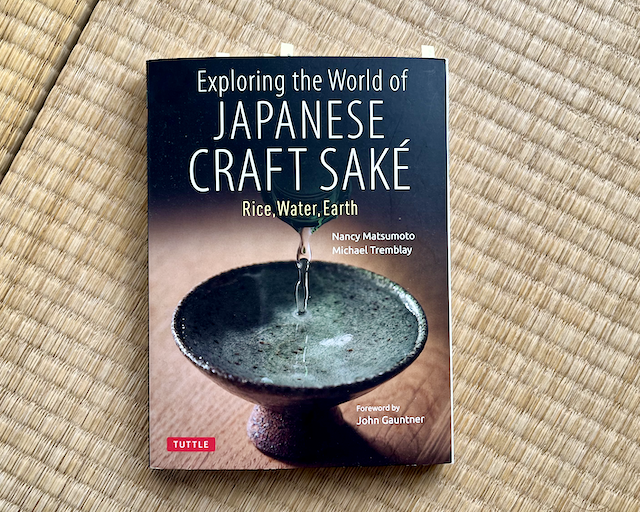2024 March round up

Welcome to the March round-up newsletter. A monthly letter about everything that has happened inside and outside the tea nursery.
Spring is coming
Although mornings are still chilly with the occasional sprinkle of rain, sometimes snow, spring is coming! You can feel the bushes coming to life on the surface again after the winter slumber. Some early cultivars are already starting to show some small greenhorns that will become the new shoots soon. The plum flowering has already passed. As silent as it arrived, it went away, a beautiful reminder of the past of time. Living on a farm, you are attuned to the rhythms of nature more than in other parts, but still, you can forget to look at the forever-changing scenery out there.

In the fields, everyone is busy preparing for the spring season. The southern areas of the country already have more developed shoots. Wazuka expects to welcome our new shoots in early/mid-April and harvest from the first week of May, the weather will dictate. I want to share as much as possible on the evolution of the harvest season, so I might make short posts as we cut through the busiest period in a tea farm.
Recent Activity
I am excited to share a bunch of new cultivar articles this month. Getting out to the fields after spending winter doing administrative and construction projects and meeting many farmers from town at events and in the fields has given me more opportunities to learn what cultivars they are growing and how. Although the articles I publish on cultivars are mainly based on what the research papers publish, it is of note to look at what is happening in the fields.
The new articles for this month are exclusively on cultivars and cover Okumidori, Ujimidori, Akane and Houshun. I am starting to work in Saeakari next month. Although I am travelling to Shizuoka and Aichi at the end of the month, I might find something interesting to share here instead. (Ps. I did!)
What is next
On the farm, I have been helping with the Kyobancha harvest. I have been delving too much into cultivars and completely forgot to write about Kyobancha processing. Another task, perhaps a critical one, is trimming works. Preparing and shaping the bushes for the spring season. It is a crucial part of the work at a farm, often overlooked by tea enthusiasts who look forward to visiting tea areas during harvest season rather than pre-harvest season. Trimming is a highly technical way to ensure good growth. It also determines the height of the plant at harvest and can modulate the shape and size of the leaves that will be produced. If poorly done, it will damage the bushes or not encourage growth or evenness. You can learn a lot from a farm from their field management.
As I have been doing more trimming, I can see how poor my technique is, lacking evenness, misjudging the appropriate height of the bush, and over-trimming some areas while under-trimming others. It is humbling and speaks to the skill of the farmers.

As mentioned above, I had an opportunity to travel to Aichi and Shizuoka. I hoped to learn more about the production methods in those areas and learn new tricks from the farmers I visit. The trip was a blast. We met several amazing farmers working in their own distinctive ways. There will be a travel report once I process all the information. I learned so much, and I am so grateful all of them were so welcoming and open to sharing their knowledge.

Books and other fun stuff
I have enjoyed reading "Matsumoto, Nancy, and Michael Tremblay. Exploring the World of Japanese Craft Sake: Rice, Water, Earth. Tuttle Publishing, 2022." A beautifully written book on Sake, with heaps of technical details on how to produce stitched together with great storytelling showcasing many breweries across Japan. I said it a few times since finishing the book, but we really, really need one like this for tea.

The Global Japanese Tea Association has finally released its last project, 30 Japanese tea innovators. It is a series of 30 interviews with innovators all over Japan and their projects of innovation and promotion of Japanese tea. Some of those projects include a portable tea room, smoked tea with different types of wood, educational projects, farming projects, cultivar DNA sequencing projects and more.
The list of articles can be found on the GJTA website. To me, the most surprising ones are the portable tea house and the cultivar DNA sequencing project. The last important one I really enjoyed was Eiji Nakamura's project. His approach is to bring tea processing closer to the people who drink it. I am happy to read his interview, and there is not a single day that people get surprised at how much care gets done in transforming tea leaves into the product we all love. For full disclosure, I have to mention that apart from working at a tea farm I am also an apprentice of Nakamura-san.
That is it for this month. As always, you can help the blog by sharing this newsletter or any of the blog posts and sharing it with a friend or family member who could enjoy it.
